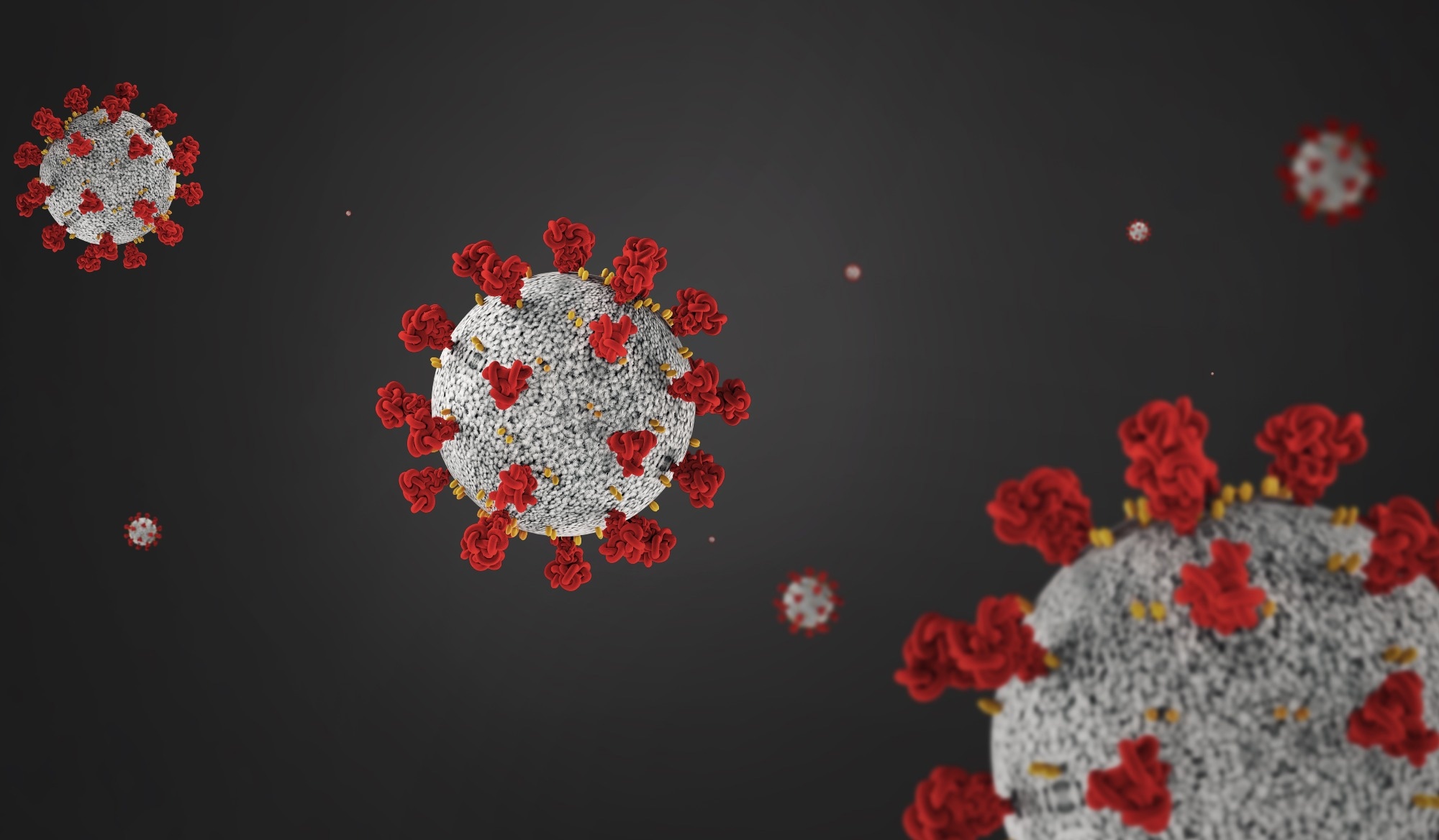In a recent study posted to the Research Square* preprint server, researchers assessed the efficiency of dual direct-acting antivirals in treating persistent coronavirus disease 2019 (COVID-19).

Background
Direct-acting antivirals (DAAs), steroids, neutralizing monoclonal antibodies (nMAbs), and other immunomodulatory substances are currently used as COVID-19 treatments. Treatment plans for most patients with acute infections can be categorized into two categories: immodulatory treatment for the severe disease that need hospitalization and preemptive antiviral therapy for early, non-severe diseases to mitigate deterioration. Several individuals with chronic severe acute respiratory syndrome coronavirus 2 (SARS-CoV-2) infections who received single-agent DAA remdesivir and antibody treatment have reported improved viral clearance. Yet, data on combination therapy with dual DAAs are scarce.
Case report
In the present study, the team discussed how remdesivir and paxlovid as dual DAAs effectively treat chronic, severe COVID-19.
This report describes a 60-year-old man who experienced COVID-19 symptoms on 25 April 2022 and had a positive lateral flow test. He initially tested SARS-CoV-2-positive in April 2022 and was hospitalized four times due to COVID-19 symptoms. From August 2020, he had consistent, bimonthly monotherapy with obinutuzumab while in remission. Before testing positive, he was vaccinated with four COVID-19 vaccine doses.
Admission one: day 20 - day 44
The patient was hospitalized with a cough, a fever, a minor requirement for supplemental oxygen, and SARS-CoV-2 polymerase chain reaction (PCR) positivity. His chest computed tomography (CT) scan revealed bilateral inflammatory alterations. He was treated with 60 mg of prednisolone once every day for ten days while receiving remdesivir. SARS-CoV-2 Omicron BA.2.3 infection was confirmed via whole genome sequencing. He was discharged from the hospital without needing supplemental oxygen.
Admission two: day 49 - day 64
He experienced a recurrence of his fever and cough five days after discharge, necessitating the use of supplemental oxygen. A high-resolution chest CT scan confirmed disease progression into COVID-19 pneumonitis. He tested negative for SARS-CoV-2 immunoglobulin
(Ig)-G. He was administered sotrovimab (500mg for three days), pulsed methylprednisolone (500mg for three days), and remdesivir for another five days. He was discharged while with ambulatory oxygen and continued usage of prednisolone (40mg OD).
Admission three: day 68 - day 93
He was re-hospitalized with a fever and worsening breathlessness. Subsegmental pulmonary embolism (PE) and enhanced ground-glass opacification were visible on the CT of the thorax, which was consistent with evolving COVID-19 pneumonitis. The patients tested negative for Legionella pneumophila, Mycoplasma pneumoniae, Pneumocystis, and respiratory viruses using lower respiratory tract sampling.
Due to worsening hypoxia, he was moved to the intensive care unit (ICU) on day 75, where he received treatment with high-flow oxygen with an inspired concentration of approximately 85%. He received double-dose of 1000 mg sotrovimab and a five-day Paxlovid course before receiving 4 mg OD baricitinib for ten days. Additionally, for three days, he was administered 1000 mg pulsed methylprednisolone, and continued to receive daily doses of 80 mg prednisolone. He was kept in the ICU for the following ten days before being transferred to the ward on day 85 while receiving low-flow oxygen through a nasal cannula. Eight days later, he was discharged with ambulatory oxygen. An ongoing Omicron BA.2.3 infection was confirmed with whole genome sequencing.
Admission four: day 96 to day 145
Soon after being discharged, the fever returned, and the shortness of breath worsened, necessitating readmission. The previous pulmonary embolism was found to be resolved on the CT of the thorax. Additionally, ground-glass opacification had grown in extent and density and was beginning to resemble acute respiratory distress syndrome (ARDS) in appearance. There was no overt fibrosis detected. Also, sampling of the lower respiratory system revealed significant SARS-CoV-2 virus loads but no evidence of coinfection. On day 103, he received an intubation and was ventilated until day 109. An increased chance of in-hospital mortality due to COVID-19 pneumonitis was suggested by the overall clinical course.
Paxlovid and remdesivir treatment was initiated on day 109 and was continued for ten days. During therapy, the Ct values corresponding to SARS-CoV-2 ribonucleic acid (RNA) in the throat and nasal swabs improved, and PCR first tested negative on day 119. Before consistently testing COVID-19 with negative results, the patient tested two weak positives. The patient continued to be extubated after day 119 and was no longer in need of high-flow oxygen. The patient was transferred to the ward, and over the course of the subsequent four weeks, his requirement for supplemental oxygen was resolved. CT imaging on days 137, or 19 days after starting therapy, revealed a considerable improvement compared to the prior scans, with only minor ground-glass changes and early fibrotic alterations observed in the bases along with indications of traction bronchiectasis.
The patient remains PCR negative on day 169 or six weeks since the treatment and does not need supplemental oxygen. The patient experiences shortness of breath with exertion, which is related to post-COVID-19 lung fibrosis and associated deconditioning. The patient continues to demonstrate progress in exercise tolerance - attending medical appointments via public transport and without requiring supplemental oxygen.
The study highlighted that dual DAA therapy might be beneficial in treating persistent COVID-19. Clinical trials are urgently required to validate the effectiveness, safety, ideal regimen, and duration of therapies for treatments of persistent SARS-CoV-2 infection.
*Important notice
Research Square publishes preliminary scientific reports that are not peer-reviewed and, therefore, should not be regarded as conclusive, guide clinical practice/health-related behavior, or treated as established information.
"direct" - Google News
November 07, 2022 at 10:21PM
https://ift.tt/BitTgYr
Evaluating dual direct-acting antivirals against persistent COVID-19 - News-Medical.Net
"direct" - Google News
https://ift.tt/pnzW5Ae
https://ift.tt/hSEmyAf
Direct
Bagikan Berita Ini














0 Response to "Evaluating dual direct-acting antivirals against persistent COVID-19 - News-Medical.Net"
Post a Comment